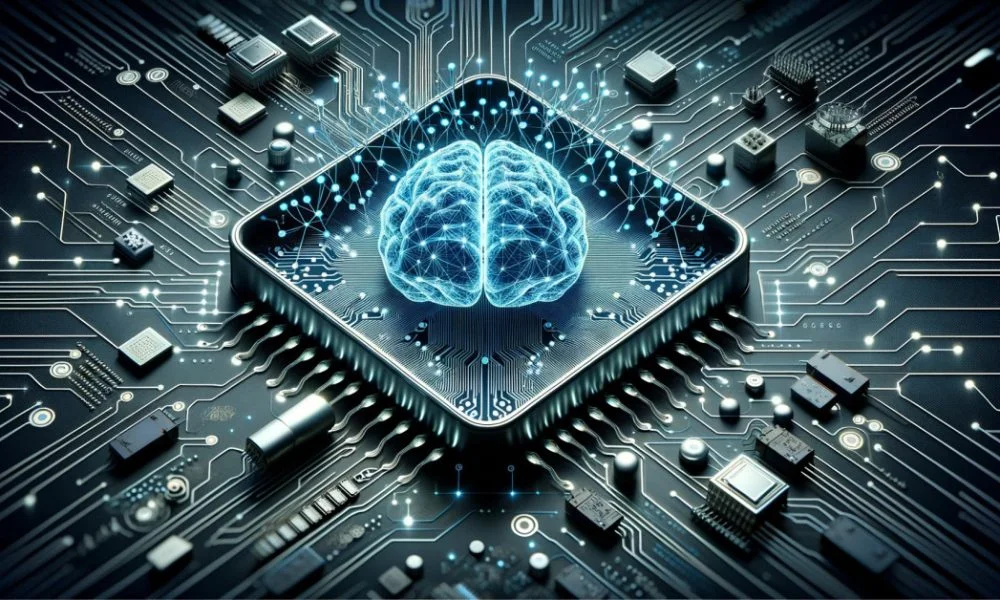In the realm of computing, the way tasks are executed plays a critical role in performance, efficiency, and scalability. Two of the most fundamental approaches to task execution are parallel computing and sequential computing. Each has its strengths and is suited to different types of problems and environments. Understanding the differences between the two in this comparison article can help in choosing the right approach for specific computing needs.
What is Sequential Computing?
Sequential computing is the traditional method of processing, where tasks are executed one after another, in a linear fashion. In this approach, the computer processes each instruction or task step by step. The next task can only start once the previous one is completed.
Sequential computing is simple and efficient for smaller tasks or problems that do not require complex processing. For instance, running a basic program or executing a series of calculations can often be done well with sequential processing. However, as problems grow in size and complexity, sequential computing may become a bottleneck, especially when there is a need to process large datasets or perform tasks in a shorter amount of time.
What is Parallel Computing?

Parallel computing, on the other hand, is a method where multiple tasks are executed simultaneously. It breaks a large problem into smaller sub-tasks that can be processed concurrently across multiple processors or cores. This approach is designed to leverage the power of multiple computing resources to solve complex problems more efficiently.
Parallel computing is widely used in fields like scientific research, artificial intelligence, big data analysis, and real-time simulations, where tasks can be broken down and processed in parallel. For example, simulations in physics or weather forecasting, where large volumes of data need to be processed at once, benefit greatly from parallel processing.
Key Differences Between Parallel and Sequential Computing
- Execution Speed One of the primary advantages of parallel computing is speed. Since multiple tasks are performed at once, the overall time to complete a computation is drastically reduced. In contrast, sequential computing can be slower because it has to wait for each task to finish before moving to the next.
- Scalability Parallel computing is highly scalable. As the problem size increases, more processors can be added to handle the workload, leading to a proportionally faster computation time. In contrast, sequential computing struggles to scale effectively, as the performance is limited by the processing power of a single processor.
- Complexity While parallel computing offers increased speed, it also comes with more complexity. Designing and managing parallel algorithms require careful consideration of how tasks are divided and synchronized. Handling issues like data dependencies, race conditions, and load balancing can be challenging. Sequential computing, being a more straightforward approach, is simpler to implement and debug.
- Resource Utilization Parallel computing utilizes multiple processors or cores, which makes it ideal for problems requiring substantial computing resources. Sequential computing, however, relies on a single processor and does not take full advantage of modern multi-core processors.
- Task Suitability Sequential computing is ideal for tasks that are inherently linear, where each step depends on the previous one, such as simple calculations or small-scale applications. Parallel computing is best suited for tasks that can be divided into independent sub-tasks, like large-scale simulations, data processing, or machine learning.
Conclusion
Both parallel and sequential computing have their place in the computing world. Sequential computing is simpler and works well for smaller, linear tasks, while parallel computing is the go-to solution for handling large, complex problems efficiently. The choice between these two approaches depends on the nature of the task, the resources available, and the desired performance outcomes. As computing demands continue to grow, parallel computing will likely become increasingly important, but sequential computing remains an essential tool for specific use cases.

